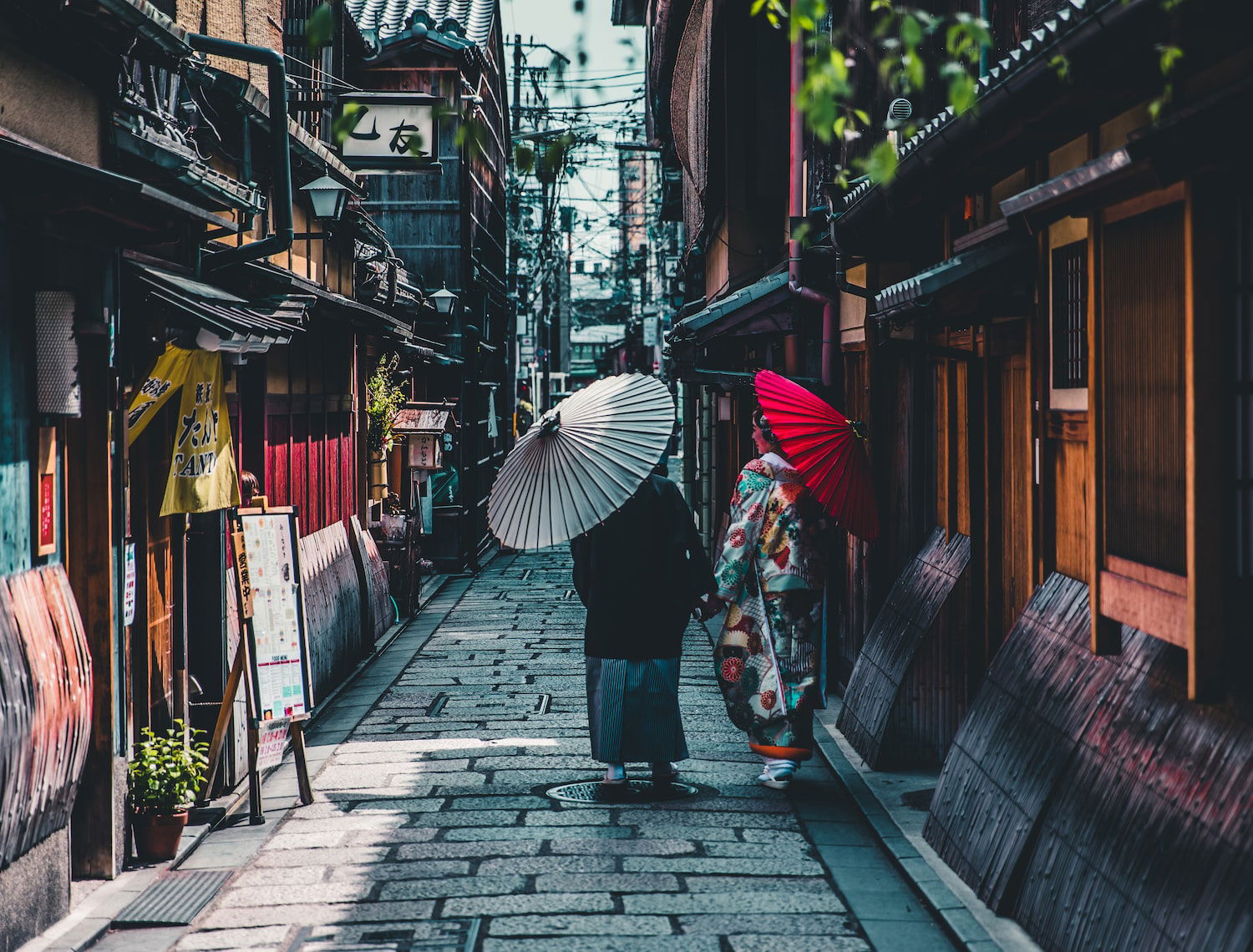History of japan

The history of Japan dates back thousands of years and is filled with rich cultural traditions and significant events. From the earliest known settlement on the islands of Japan to modern-day advancements, the history of Japan is an intricate tapestry of triumphs, challenges, and evolution.
Prehistoric Japan (Jomon Period)
The Jomon period, which lasted from approximately 14,000 BCE to 300 BCE, was characterized by a hunter-gatherer society and a culture based on pottery. The people of this era were known for their unique pottery, which was decorated with cord patterns and designs that were impressed into the clay. The Jomon period was followed by the Yayoi period, which saw the introduction of rice cultivation and metalworking, as well as the spread of new technologies and cultural practices.
Early Japanese State (Kofun Period)
The Kofun period, which lasted from approximately 300 CE to 710 CE, saw the emergence of a centralized state and the establishment of a ruling class. The name "Kofun" comes from the large burial mounds that were constructed during this period for rulers and other high-ranking individuals. This period also saw the introduction of Buddhism to Japan, which had a significant impact on Japanese art, religion, and culture.
The Heian Period
The Heian period, which lasted from approximately 794 CE to 1185 CE, was characterized by a flourishing of culture and the arts. The period saw the emergence of a sophisticated court culture, which was heavily influenced by Chinese culture and included poetry, literature, music, and art. This period also saw the development of the Japanese language, which was heavily influenced by Chinese characters.
The Kamakura Period
The Kamakura period, which lasted from approximately 1185 CE to 1333 CE, saw the emergence of a new ruling class, the samurai, who rose to power during the wars that occurred at the end of the Heian period. This period was marked by the rise of the shogun, a military leader who held real power behind the throne. This period saw the emergence of new forms of art, such as Zen-inspired painting and calligraphy.
The Muromachi Period
The Muromachi period, which lasted from approximately 1333 CE to 1573 CE, was characterized by a period of civil war and instability. During this period, the Ashikaga shogunate rose to power and patronized the arts, leading to the development of new forms of art such as the tea ceremony, Noh theater, and the art of flower arrangement (ikebana).
The Edo Period
The Edo period, which lasted from approximately 1603 CE to 1868 CE, saw the establishment of a centralized government under the Tokugawa shogunate. This period saw the emergence of a new middle class, the merchants, who became wealthy through trade and commerce. This period was marked by a flourishing of the arts, including the development of kabuki theater, woodblock printing, and the art of the ukiyo-e (pictures of the floating world).
The Meiji Period
The Meiji period, which lasted from approximately 1868 CE to 1912 CE, saw Japan's emergence as a modern nation-state. The period saw the introduction of Western technology, education, and culture, and Japan underwent rapid industrialization and modernization. This period was marked by the adoption of a new constitution, the establishment of a parliament, and the emergence of a new, powerful emperor.
The Taisho and Showa Periods
The Taisho period, which lasted from approximately 1912 CE to 1926 CE, and the Showa period, which lasted from approximately 1926 CE to 1989 CE, saw Japan's emergence as a

